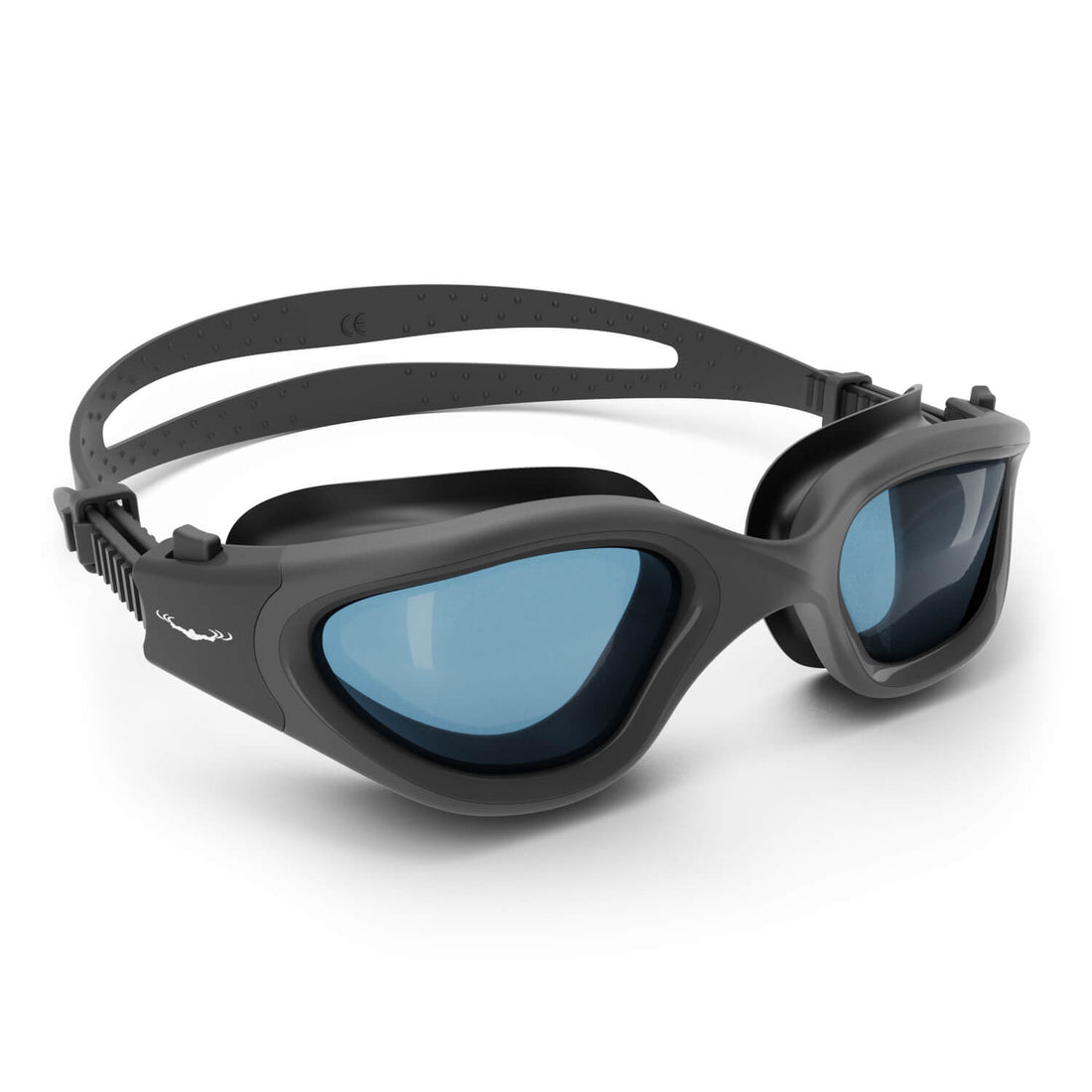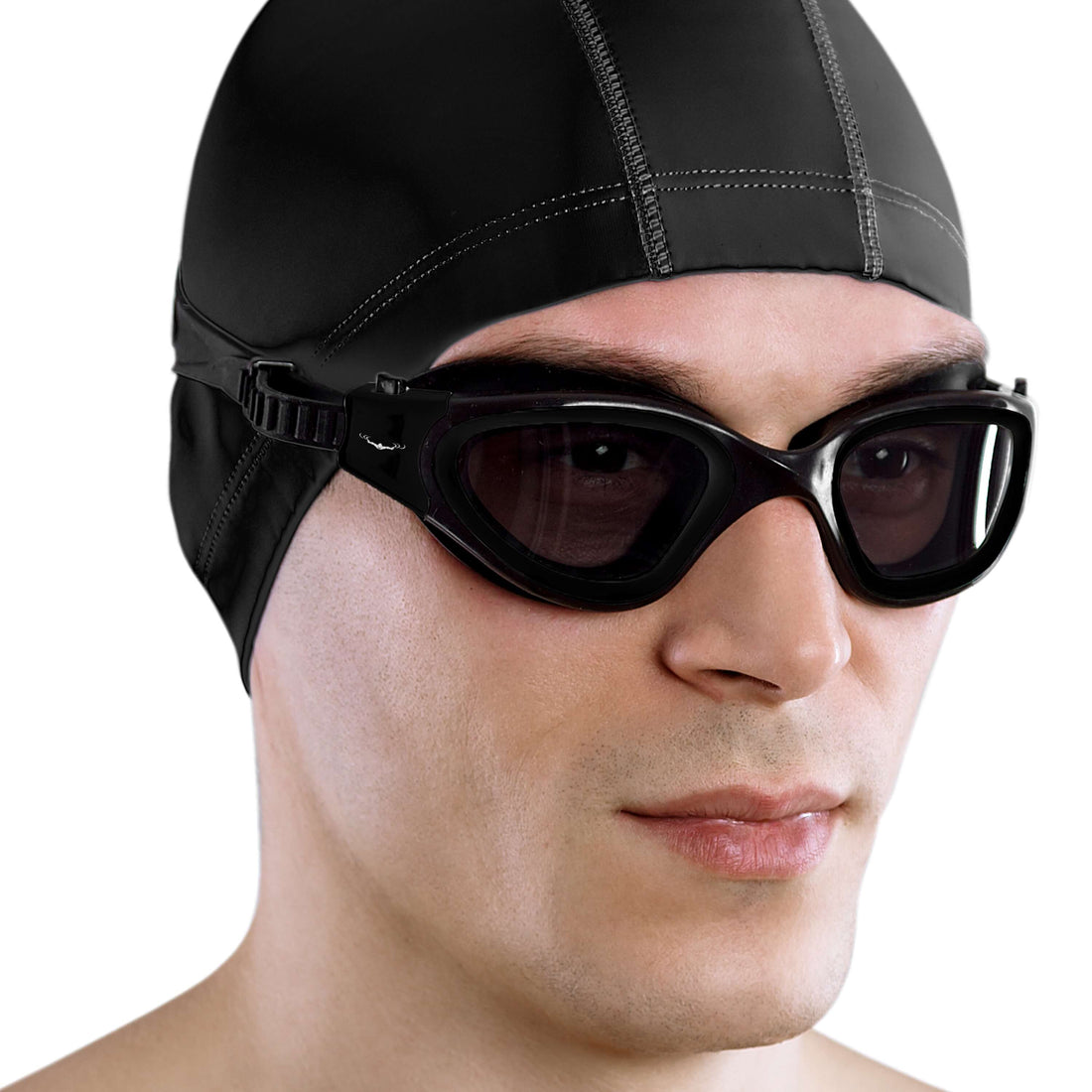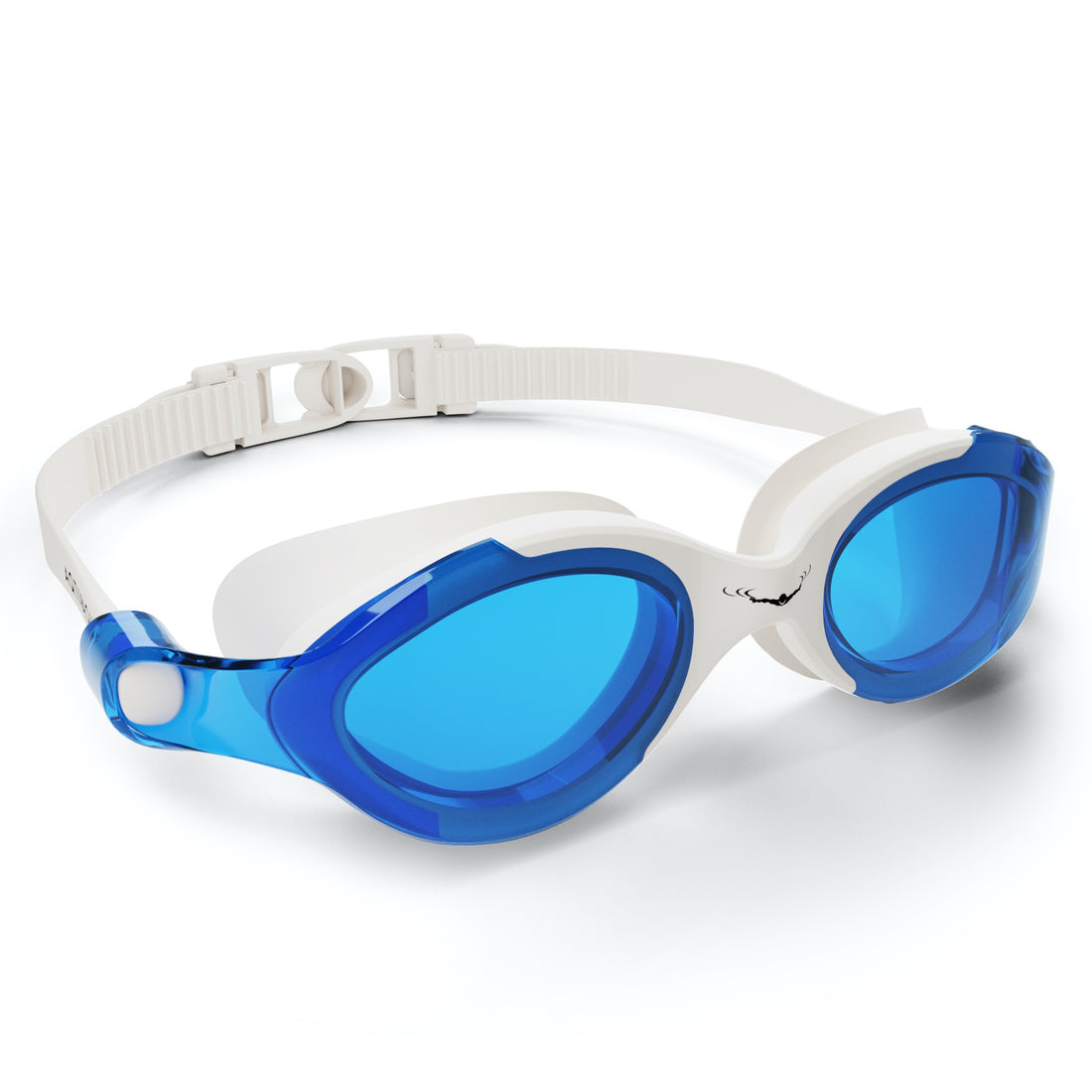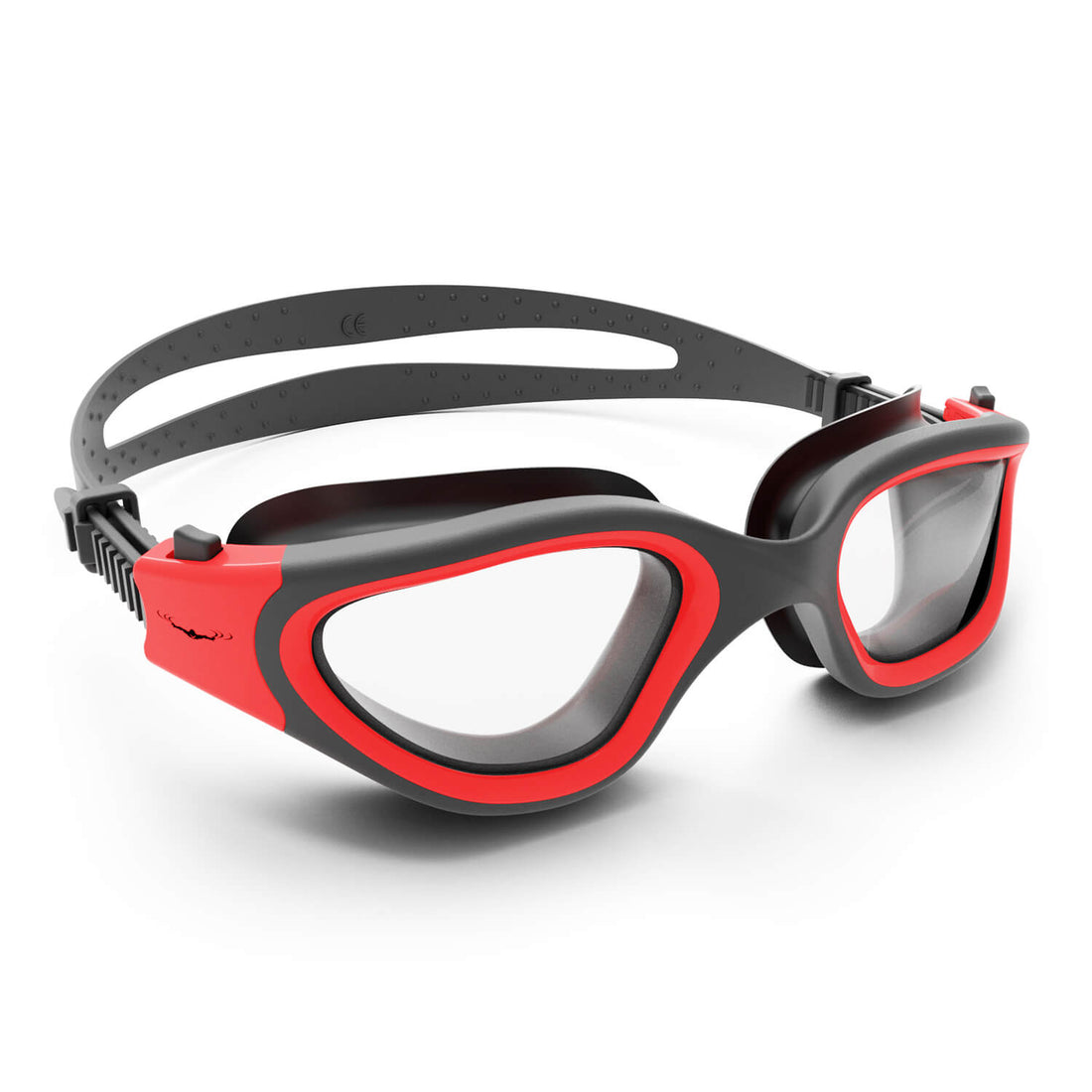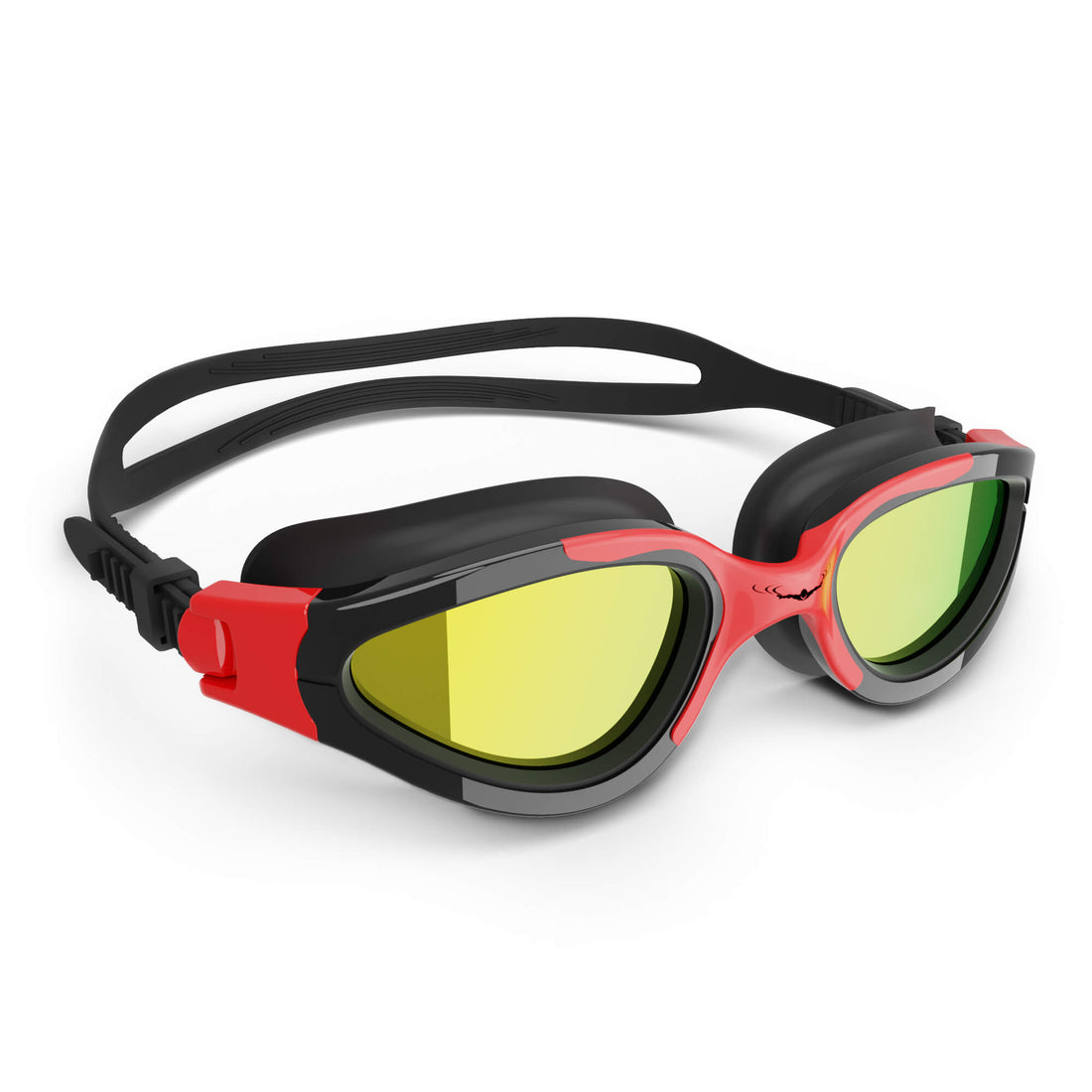Frequently Asked Questions
1. What are the main benefits of mastering different swimming strokes?
2. What are the four main swimming strokes?
3. Why is a silicone swim cap beneficial for swimmers?
4. What are some common mistakes swimmers make in freestyle stroke?
5. How can swimmers track their progress effectively?
Swimming is more than just a leisure activity; it’s an art form that demands technique, strength, and understanding. Whether you're training for a competition or swimming for exercise, mastering various swimming strokes can significantly enhance your performance. In this article, we will dive deep into the different swimming strokes, their techniques, and how the right gear, such as a quality silicone swim cap, can aid in your swimming journey.
The Importance of Swimming Strokes
Understanding the various swimming strokes is critical for swimmers at all levels. Each stroke offers unique benefits and challenges. Here’s why mastering different strokes is essential:
- Aids in endurance: Different strokes work various muscle groups, improving overall fitness.
- Enhances speed: Each stroke has a different technique that can be optimized for speed in the water.
- Prevents injury: By diversifying your strokes, you can reduce the risk of overuse injuries.
- Boosts enjoyment: Varied strokes can make swimming more fun and engaging.
The Four Main Swimming Strokes
There are four primary swimming strokes that every swimmer should understand: freestyle, backstroke, breaststroke, and butterfly. Let’s explore each in detail.
Freestyle Stroke
The freestyle stroke, also known as the front crawl, is the fastest and most efficient swimming stroke. It’s the first stroke most swimmers learn due to its straightforward technique.
Technique: In freestyle, swimmers alternate their arm movements while kicking their legs continuously. Here’s a breakdown of the technique:
- Body Position: Keep your body flat and streamlined, with your head in a neutral position.
- Arm Movement: Extend one arm forward while the other arm pulls down toward your hip, then switch.
- Kick: Use a flutter kick, keeping your legs straight yet relaxed.
- Breathing: Rotate your head to the side to inhale while your arm is in recovery.
Backstroke
Backstroke is the only stroke swum on the back, providing a unique perspective and a chance to rest the face in the water.
Technique: Here are the key components of a proper backstroke:
- Body Position: Float on your back with your hips near the surface and your head in a neutral position.
- Arm Movement: Alternate arm movements, with your fingers entering the water above your head.
- Kick: Use a flutter kick, similar to freestyle, to maintain balance.
- Breathing: Since the face is out of the water, breathing happens naturally.
Breaststroke
Breaststroke is known for its slower pace and unique technique, making it popular among beginners. It's an effective stroke for building strength and endurance.
Technique: The following steps outline the breaststroke method:
- Body Position: Keep your body flat but slightly at an incline, with your head up.
- Arm Movement: Make a semi-circle motion with your arms, pulling them towards your chest and then extending outwards.
- Kick: Perform a frog kick, bringing your heels up towards your glutes before kicking outwards.
- Breathing: Breathe in when your arms pull back and exhale when pushing them forward.
Butterfly Stroke
The butterfly stroke is one of the most physically demanding swimming strokes. It requires excellent coordination and strength.
Technique: To swim the butterfly stroke correctly, pay attention to these critical elements:
- Body Position: Your body should be at water level, with hips high to reduce drag.
- Arm Movement: Both arms move together, entering the water simultaneously and pulling back to the hip before coming out of the water.
- Kick: A dolphin kick is performed, where both legs move together in an up-and-down motion.
- Breathing: Lift your head during the pull phase to inhale and exhale underwater.
Enhancing Performance with Gear
While mastering these strokes is essential, having the right gear is equally important. A good silicone swim cap can enhance your swimming experience significantly.
Benefits of Using a Silicone Swim Cap
Here are several reasons why you should consider incorporating a silicone swim cap into your swimming routine:
- Less Drag: A silicone cap reduces water resistance, allowing you to swim faster.
- Hair Protection: Protects your hair from chlorine and saltwater damage, making it ideal for regular swimmers.
- Better Visibility: Brightly colored caps enhance visibility for both the swimmer and lifeguards, ensuring safety.
- Comfort: Silicone caps provide a snug and comfortable fit, minimizing slippage during swimming.
Common Mistakes and How to Avoid Them
Even experienced swimmers can make mistakes in their technique that can hinder performance. Here are some common problems along with tips to correct them:
Freestyle Common Mistakes
- Incorrect Breathing: Avoid lifting your head too much; instead, keep your face in the water and rotate your body.
- Crossing Arms: Ensure a straight arm recovery to maintain a streamlined position.
Backstroke Common Mistakes
- Too Much of a Scissor Kick: Focus on a steady, continuous flutter kick for balance.
- Lifting Your Head: Keep your head relaxed and in line with your spine.
Breaststroke Common Mistakes
- Slow Arm Recovery: Ensure a quick recovery phase once the stroke is complete.
- Poor Timing: Sync your breathing with your strokes to maintain a steady pace.
Butterfly Common Mistakes
- Weak Kicking: Ensure strong, rhythmic dolphin kicks to propel yourself forward.
- Incorrect Breathing Timing: Time your breath during the arm recovery phase for maximum efficiency.
Stay Motivated and Keep Practicing
Improving your swimming skills takes time, practice, and dedication. Utilize techniques from each stroke and incorporate them into your training. Set achievable goals, and remember that consistency is key.
Tracking Progress
One way to stay motivated is by tracking your progress. Use a swim log to monitor:
- Swim distances for each stroke
- Personal best times
- Weekly training goals
Joining a Swim Community
Consider joining a local swim club or participating in online forums dedicated to swimming. Engaging with fellow swimmers can provide support, motivation, and a wealth of knowledge.
Wrapping It All Up
Understanding and mastering different swimming strokes can elevate your swimming skills and overall performance. Each stroke brings its own unique challenges and benefits, making the journey of learning each one rewarding. Don’t forget the importance of using the right gear, such as a quality silicone swim cap, to enhance your experience in the water. Stay consistent, track your progress, and keep swimming! Enjoy the freedom that comes with mastering these technical skills, and always strive to improve. Happy swimming!
Visit the Shopify or Wix store of a fellow user by following this link to their store. Please note that this is a promotional link, and we are not responsible for the content of the linked store.



